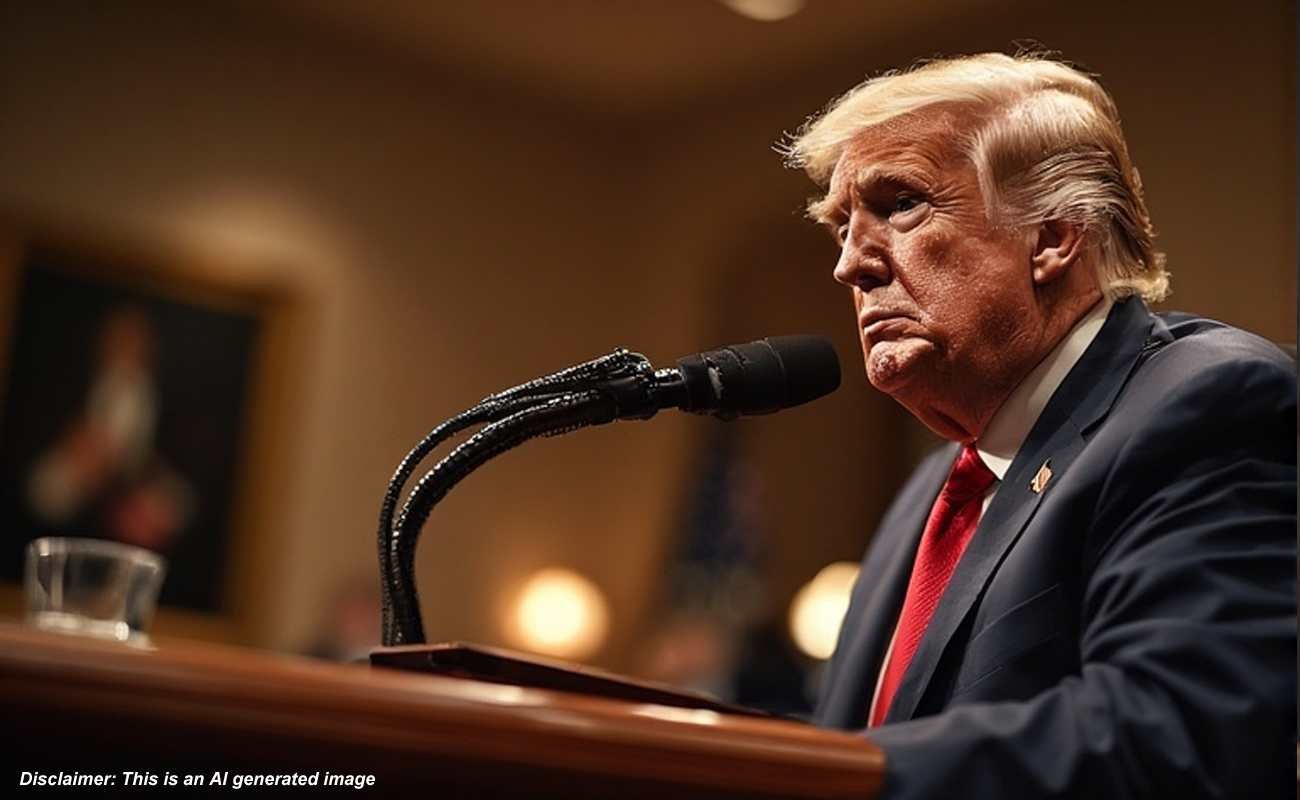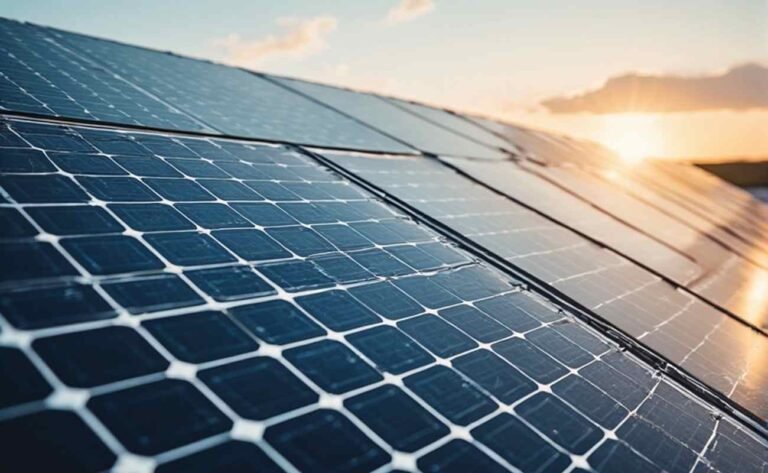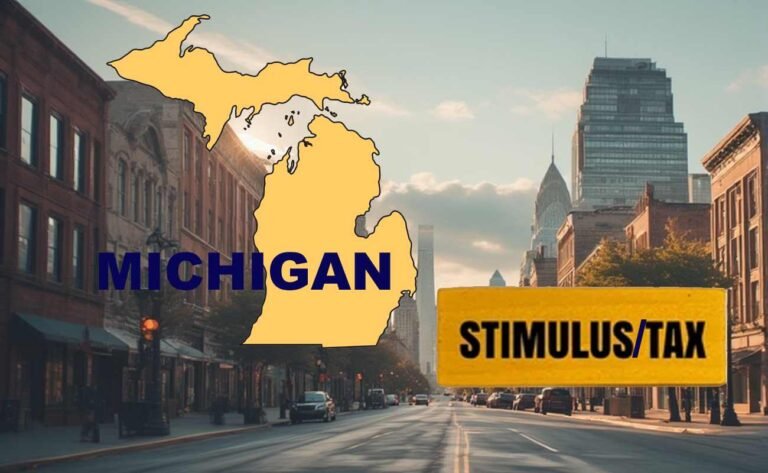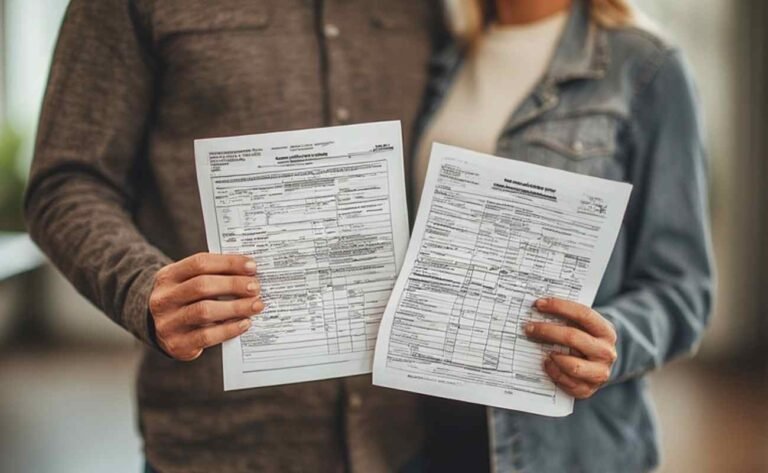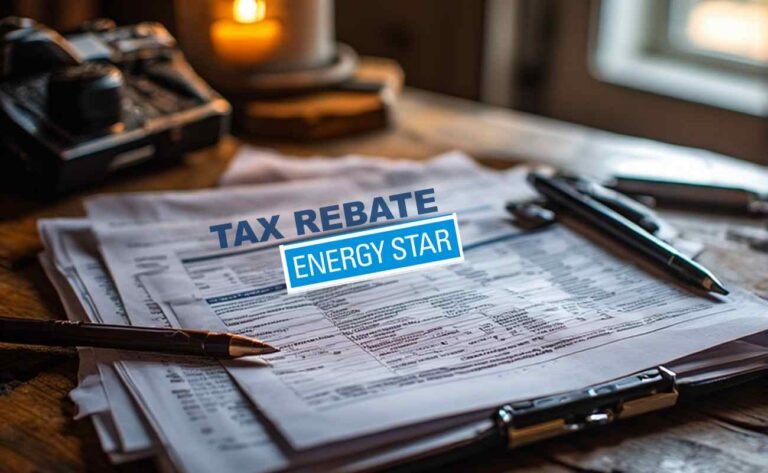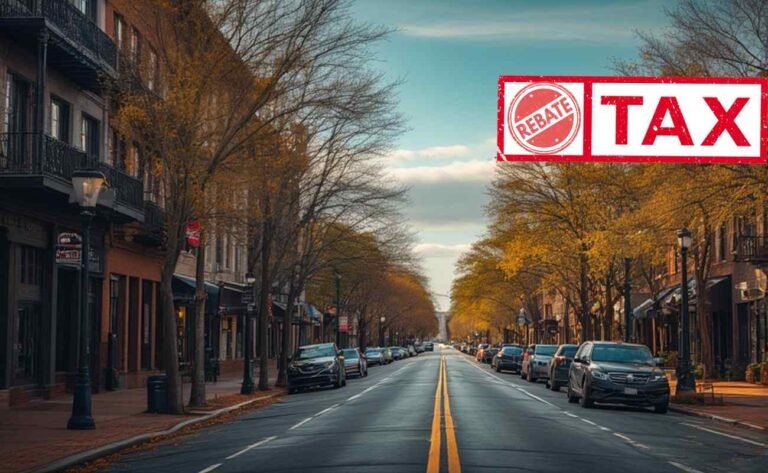Will There Be a Fourth Stimulus Check in August? What Trump Said About New Taxpayer Rebates
As of August 13, 2025, no federal fourth stimulus check is scheduled for this month or any time soon, according to official statements from the IRS and U.S. Treasury. Rumors about a $2,000 payment have spread online, but they’ve been debunked—there’s no congressional approval or funding in place for another round of broad economic impact payments like those during the COVID-19 era. Instead, President Donald Trump has discussed potential taxpayer rebates funded by tariff revenues, suggesting a “little rebate” for Americans below certain income levels to offset rising costs from trade policies. This idea ties into the proposed American Worker Rebate Act of 2025, introduced by Senator Josh Hawley, which could provide at least $600 per person if passed, but it’s still just a bill with slim chances of becoming law amid budget debates.
That said, while a nationwide stimulus isn’t happening, some states are issuing their own relief checks, and targeted programs like Social Security boosts or tax refunds might help specific groups. Trump floated the rebate concept on July 25, 2025, noting the influx of tariff money could allow for direct payments, but he emphasized it’s under consideration without details on timing or amounts. For now, focus on existing benefits, and keep an eye on legislative updates—nothing’s guaranteed, but proposals like this show how economic relief discussions evolve.
History of Federal Stimulus Checks: A Timeline Table
To understand why a fourth stimulus check seems unlikely, let’s look back at past rounds. These payments aimed to boost spending during crises, but they’ve tapered off as the economy stabilizes. Here’s a detailed table summarizing key details:
| Round | Date Issued | Amount per Adult | Amount per Child | Eligibility Basics | Total Distributed | Key Legislation |
|---|---|---|---|---|---|---|
| First (CARES Act) | April 2020 | Up to $1,200 | $500 | U.S. citizens/residents with AGI under $99,000 (single) or $198,000 (joint) | Over $292 billion | Coronavirus Aid, Relief, and Economic Security Act |
| Second | December 2020-January 2021 | Up to $600 | $600 | Similar to first, AGI under $87,000 (single) or $174,000 (joint) | About $164 billion | Consolidated Appropriations Act, 2021 |
| Third (American Rescue Plan) | March 2021 | Up to $1,400 | $1,400 | AGI under $80,000 (single) or $160,000 (joint); phased out higher | Around $411 billion | American Rescue Plan Act of 2021 |
| Proposed Fourth (Various Rumors) | N/A (Not Enacted) | Speculated $2,000 | Varies by rumor | Hypothetical: Low-income focus | $0 (No funding) | None; debunked by IRS |
This table shows how stimulus evolved from emergency aid to nothing new federally since 2021. Interestingly, I remember during the third round how folks scrambled to update their IRS info online—it felt chaotic but helpful for many families hit hard by lockdowns.
Current Status of Economic Relief Payments in 2025
Moving on, federal aid has shifted from blanket checks to targeted rebates and tax credits. No broad stimulus is on the horizon, but proposals keep popping up. For instance, Trump’s tariff rebate idea has gained traction in talks.
Key Updates on Potential Federal Payments
- No Confirmed Fourth Check: The IRS explicitly stated on July 23, 2025, that no $2,000 payment is planned, countering viral social media claims.
- Tariff Revenue Focus: Trump suggested using billions from import tariffs on China and others to fund rebates, potentially easing inflation impacts.
- Bill in Congress: The American Worker Rebate Act proposes minimum $600 checks, but it needs House and Senate approval—odds are low due to deficit concerns.
- State-Level Alternatives: Some areas like Alaska and New York are sending out payments; more on that below.
- Social Security Adjustments: Beneficiaries might see COLA increases, but that’s not a “stimulus” per se.
If you’re wondering about tracking, use the IRS “Where’s My Refund” tool, though it won’t show stimulus since none exists.
What Trump Said About New Taxpayer Rebates: Direct Quotes and Context
President Trump has been vocal about economic policies, especially tariffs. On July 25, 2025, during a press briefing, he addressed rebates directly. Here’s a list of his key statements and implications:
- Main Quote: “We have so much money coming in from tariffs that a little rebate for people of a certain income level could be nice.” This hints at income caps to target middle-class families.
- Context on Tariffs: Trump tied rebates to his trade war expansion, claiming revenues could top $100 billion annually, enough for widespread distribution without raising taxes.
- Income Level Mention: He didn’t specify thresholds but implied below $100,000 AGI for singles, similar to past stimuli.
- Follow-Up Remarks: In a July 28 interview, Trump added, “We’re thinking about it—could be a way to give back to American workers hit by higher prices.”
- Support for Hawley’s Bill: Trump endorsed the American Worker Rebate Act, saying it aligns with “putting America first” by recycling tariff funds.
These comments sparked debate; economists worry rebates might fuel inflation further. Personally, it reminds me of 2020 when Trump’s name was on those first checks—politics mixed with aid.
For more on past Trump-era payments, check out this guide on Trump stimulus checks.
Potential Eligibility for Tariff Rebate Checks If Passed
If the rebate bill becomes law, who qualifies? Based on the proposal, here’s a breakdown in list form for clarity:
- U.S. Citizens and Residents: Must have a valid Social Security number; non-citizens generally excluded unless legal residents.
- Income Limits: Likely phased out above $75,000 for individuals or $150,000 for joint filers, mirroring previous rounds.
- Dependents Included: Up to $600 per child or elderly dependent, capping at $2,400 for a family of four.
- Filing Requirements: Recent tax return needed; non-filers might claim via IRS portal.
- Exclusions: High earners, incarcerated individuals, or those owing back taxes could be ineligible.
- Payment Method: Direct deposit for faster access, or mailed checks/paper for others.
Remember, this is speculative—the bill hasn’t passed. For official tax policy analysis, visit the Tax Foundation, a high-authority source on such matters.
State-by-State Relief Programs as Alternatives to Federal Stimulus
Since federal checks aren’t coming, states step in with surpluses or targeted aid. Here’s a table of notable 2025 programs, focusing on August distributions where applicable:
| State | Program Name | Amount | Eligibility | Payment Date | Notes |
|---|---|---|---|---|---|
| Alaska | Permanent Fund Dividend (PFD) | Up to $1,702 | Residents for full year; application required | August 2025 batches | Oil revenue-based; not stimulus but similar relief. |
| New York | Inflation Relief Check | $400 | Low-income families; AGI under $50,000 | Rolling through August | Aimed at grocery and utility costs. |
| Colorado | TABOR Refunds | Varies, avg. $800 | All taxpayers; surplus rebate | July-August 2025 | Includes seniors; check status via state revenue site. |
| Minnesota | Budget Surplus Rebate | Up to $1,000 | Families with children; income-based | Mid-August | One-time to combat inflation. |
| California | Middle-Class Tax Refund Extension | $250-$500 | Prior filers; phased by income | Ongoing, some in August | Gas and inflation focus. |
| Pennsylvania | Property Tax/Rent Rebate | Up to $1,000 | Seniors and disabled; age 65+ | Quarterly, including August | Not new but expanded for 2025. |
These vary widely—Alaska’s PFD feels like an annual bonus, which I’ve heard friends up north rely on for big purchases. If you’re in New York, explore this New York inflation relief check guide for details.
Related Federal Benefits and How They Compare
Beyond stimulus, other programs provide relief. Compare them in this table to see overlaps:
| Benefit Type | Description | Average Amount | Frequency | Key Differences from Stimulus |
|---|---|---|---|---|
| Social Security COLA | Annual adjustment for inflation | +2.5% in 2025 (~$50/month extra) | Monthly | Ongoing support vs. one-time payment; for retirees/disabled. |
| Child Tax Credit | Expanded for 2025 filers | Up to $3,600/child | Annual refund | Tax-time only; not direct check like stimulus. |
| Earned Income Tax Credit (EITC) | For working low-income | Up to $7,430 | Tax refund | Requires employment; broader than rebate proposals. |
| SNAP Increases | Food assistance boosts | +$100/month avg. | Monthly | Food-specific; eligibility stricter than general rebates. |
| Medicare Drug Caps | $2,000 out-of-pocket limit | Savings vary | Annual | Health-focused; seniors benefit most. |
Transitioning to these, if a rebate doesn’t materialize, claiming EITC could net similar cash. For IRS confirmation on no new checks, head to the official IRS website.
Common Myths and Facts About 2025 Economic Aid
Misinformation abounds, so let’s debunk with a fact-check list:
- Myth: A $2,000 check arrives automatically in August. Fact: False; IRS denied this on multiple occasions.
- Myth: Trump promised rebates for everyone. Fact: He specified “certain income levels,” likely excluding high earners.
- Myth: States’ payments count as federal stimulus. Fact: No, they’re separate; federal taxes might apply to some.
- Myth: Tariff rebates will cover inflation fully. Fact: Economists say partial at best; tariffs raise prices too.
- Myth: No aid if you didn’t get past stimuli. Fact: New programs reset eligibility—file taxes to qualify.
I’ve seen these myths confuse people online; it’s frustrating when hopes get dashed by rumors.
How to Prepare for Potential Rebates or Refunds
If rebates advance, act now. Here’s a step-by-step list:
- Update IRS Info: Ensure your banking details are current via the IRS online account.
- File 2024 Taxes: Late filers might miss out; use free tools if needed.
- Monitor Legislation: Track bills like the American Worker Rebate Act on Congress.gov.
- Check State Sites: For local aid, visit your revenue department weekly.
- Budget Accordingly: Don’t count on unconfirmed money—save what you can.
- Avoid Scams: Beware phishing emails promising “stimulus approval.”
Preparation pays off; I once missed a small refund by not updating my address—lesson learned.
Impacts of Tariff Policies on Everyday Americans
Trump’s rebate talk stems from tariffs. Here’s a list of pros and cons:
- Pros: Generates revenue for potential rebates; protects U.S. jobs in manufacturing.
- Cons: Increases costs on imports, leading to higher prices for goods like electronics.
- Economic Effects: Could add 1-2% to inflation, per experts, offsetting rebate benefits.
- Who Benefits Most: Low-income households if rebates target them.
- Long-Term View: Might strengthen trade position but risks retaliation from partners.
Balancing this, rebates could soften the blow, but it’s a trade-off.
Frequently Asked Questions About Stimulus and Rebates
Wrapping up, here are answers to top queries in list format:
- Will there be a fourth stimulus check in August 2025? No, federal officials confirm none planned.
- What exactly did Trump say about rebates? He mentioned considering “a little rebate” from tariff funds for lower-income folks.
- How much could tariff rebates be? Proposed at least $600 per person, but unconfirmed.
- Are state checks taxable? Often yes federally, no at state level—check with a tax pro.
- What if I didn’t get prior stimuli? Irrelevant for new proposals; eligibility starts fresh.
- When might rebates happen? If passed, possibly late 2025 or 2026; no timeline yet.

